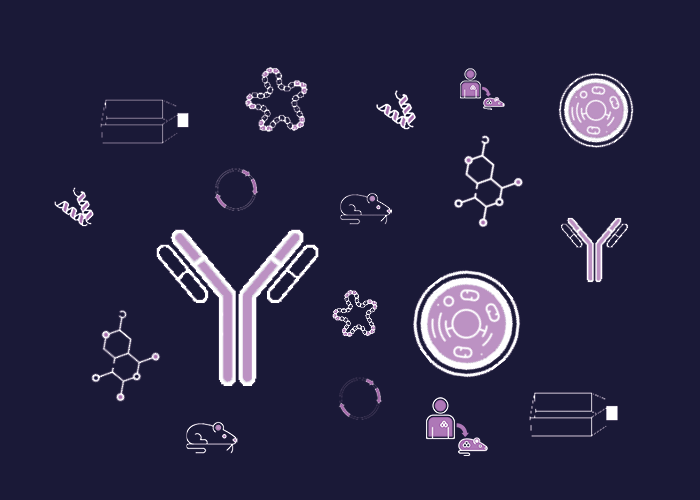
Cat. #156440
HEK293T BRE-Luc/TK Renilla cell line
Cat. #: 156440
Sub-type: Continuous
Unit size: 1x10^6 cells / vial
Availability: 8-10 weeks
Organism: Human
Tissue: Kidney
Model: Reporter
£575.00
This fee is applicable only for non-profit organisations. If you are a for-profit organisation or a researcher working on commercially-sponsored academic research, you will need to contact our licensing team for a commercial use license.
Contributor
Inventor: Caroline Hill
Institute: The Francis Crick Institute
Tool Details
*FOR RESEARCH USE ONLY (for other uses, please contact the licensing team)
- Name: HEK293T BRE-Luc/TK Renilla cell line
- Research fields: Cancer;Cell signaling and signal transduction;Developmental biology
- Tool sub type: Continuous
- Parental cell: HEK293T cell line
- Organism: Human
- Tissue: Kidney
- Model: Reporter
- Conditional description: Luciferase is expressed in the presence of bone morphogenetic protein (BMP) signalling
- Description: The human embryo kidney cell line HEK293T modified for use as a reporter cell line for bone morphogenetic protein (BMP) signalling. The cell line stably expresses BMP responsive element (BRE)-Luciferase. The cell line also contains a Renilla reporter driven by the thymidine kinase (TK) promoter to act as an internal control. BMP is a transforming growth factor beta (TGF-beta) superfamily member.
- Production details: Made by transfecting the human embryo kidney cell line HEK293T with BRE-Luciferase plasmid, TK Renilla plasmid and pRetroSuper for puromycin resistance. Pool
- Biosafety level: 1
- Recommended controls: HEK293 parental line
Target Details
- Target: Bone morphogenetic protein (BMP) signalling
Handling
- Format: Frozen
- Growth medium: Dulbecco's modified Eagle's medium (DMEM) containing 10% fetal calf serum (FCS)
- Unit size: 1x10^6 cells / vial
- Shipping conditions: Dry ice
- Storage conditions: Liquid Nitrogen
- Mycoplasma free: Yes
Related Tools
- Related tools: MDA-MB-231 BRE-Luc/TK Renilla cell line
References
- Gori et al. 2021. eLife 8,10:e63545. PMID: 33416497


